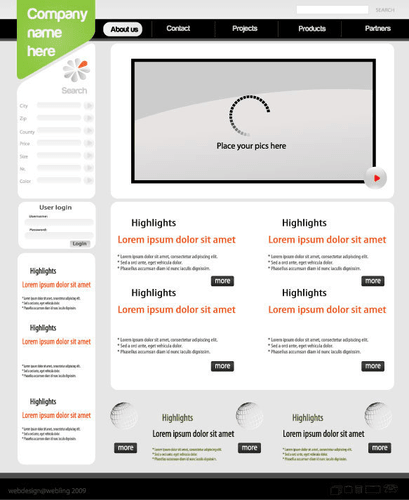
Some categories you may consider include income, expenses, assets, liabilities, and trust accounts. An accounting chart is an organized, itemized list of all accounts that capture every incoming and outgoing transaction. This represents everything from a recently opened law firm checking account to the cost of your office printers.

Consistency in Bookkeeping
If a law company has too many liabilities, it might have trouble paying its bills or meeting its financial obligations. On the other hand, if a law firm doesn’t have enough liabilities, it might miss out on law firm chart of accounts chances to invest in the growth of the company or give its employees benefits. Liabilities are important for law firms because they show what the company owes to other people, either now or in the future.
What is a Law Firm Chart of Accounts?
- Once you create an appropriate chart of accounts, your firm needs a complete system for logging time, expenses, and client funds into those accounts.
- At its core, a chart of accounts is a systematic representation of all the financial transactions that occur within your law firm.
- This overview covers the elements that comprise a standard accounting chart, along with practical tips for implementing the chart into your firm.
- Managing an organized law firm chart of accounts is crucial for maintaining your business’s overall financial health and meeting strict legal ethics requirements.
- Client account records track the money the firm handles on behalf of its clients.
- It’s crucial for lawyers to adhere to strict rules, as they are prohibited from collecting interest on funds held in trust for their clients.
For example, Clio Manage can help law firms manage client funds in trust accounts and conduct three-way reconciliations, ensuring compliance with financial regulations. QuickBooks is essential for lawyers as it helps in maintaining consistent bookkeeping records and reviewing financial statements. This software also facilitates the management of client funds in trust accounts, ensuring compliance with regulations. Accounting for law firms is the process of recording and managing a firm’s financial activities.
- With a clear and logical structure in place, your bookkeeping tasks become more efficient and less time-consuming.
- Having too many accounts creates headaches later on, as it takes more time to review the books and increases your chances of making mistakes.
- This ensures accurate financial recording, streamlined reporting, and better insights into profitability.
- When you’re just starting out, you can keep costs low by recording all income and expenses in a spreadsheet, like our Excel Income Statement Template.
- It helps in organizing and categorizing all financial transactions for a law firm.
Pick a lawyer-friendly merchant processor
The bank then forwards the interest earned on IOLTA accounts to the state bar. These funds are then used for charitable causes, such as access to justice services. Use an accounting solution designed for the legal industry—like Clio Manage’s legal and trust accounting features paired with QuickBooks Online’s accounting software. By using these two softwares together, you can create a comprehensive accounting system for your firm. Attorneys use the application to record billable and nonbillable time and expenses. Non billable entries flow into the reporting, so you can monitor and manage them.

Best Practices for Setting Up
CaseFox helps solo practitioners in improving their legal services with robust features. This could lead to losing customers and even worse, harming the firm’s reputation for a long time. Expenses are the costs of running a business, such as salaries, rent, and electricity. Work with your CPA to determine how you will meet your sales tax obligations before you do business. This is essentially FICA and Medicare, only your payment covers both a withholding from your wage and the matching contribution from your company.
- Because of poor training, lack of accounting help, or differing IOLTA rules across state lines, many attorneys are unfamiliar with what they are and aren’t allowed to put into an IOLTA account.
- This not only saves you time but also improves the accuracy of your financial records.
- As a next step, take stock of any software that integrates with your accounting application.
- Clio Manage is a software tailored for law firms to handle the business side efficiently.
- Ensuring that proper procedures are followed in managing trust accounts is essential for maintaining the integrity of a law firm.
- A good law firm chart of accounts sample will include the main elements listed within this article—properly itemized and separated by your accounting expert or experienced lawyer.
How to Set Up a Law Firm Chart of Accounts
Staying on top of receivables is essential to the financial health of your business. For example, if you purchase office supplies for your business, https://www.bookstime.com/ you should have an “Office Supplies Expense” account. But you don’t want to set up separate accounts for legal pads, pens, printer ink, etc.
